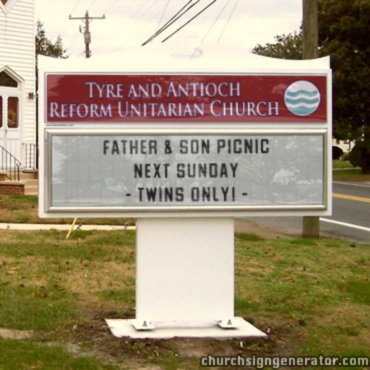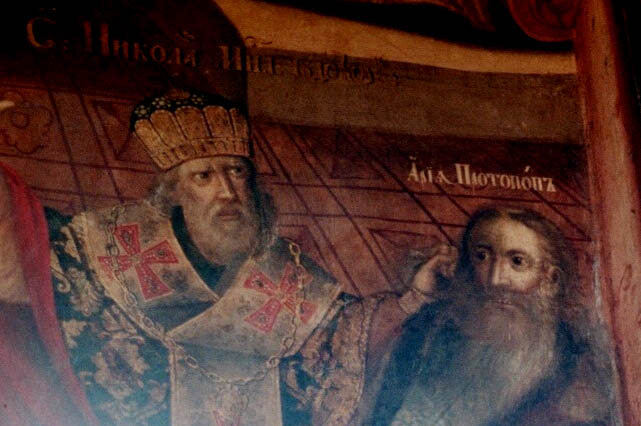
Nicholas of Myra punching Bishop Arius at the Council of Nicaea
Today is Saint Nicholas Day!
While it is widely known that the Santa Claus of Christmas is derived from St. Nicholas, few know much about the original Saint Nick beyond the fact that he did not live at the North Pole, own flying reindeer, or employ a workshop full of elves.
Nicholas of Myra was a political ally of Athanasius of Alexandria during the Church intrigues of the 4th Century and, like Athanasius, he is rumored to have come into power at an absurdly young age through dubious means.
Fast Track to Bishop
The legend begins with Nicholas as a young man on his way back home to Asia Minor (what we now call Turkey) either from studying in Egypt at Alexandria or from visiting Jerusalem. While still at sea, as the tale goes, he rescued an overboard sailor. Or, perhaps he calmed a sea storm with his prayers. To put it mildly, the stories differ. His ship then made port in the city of Myra.
Just before Nicholas arrived, the bishop of Myra had died and one of the city’s church leaders was instructed in a dream to choose a “conqueror” as the next bishop. You or I might be suspicious of such an instruction, not necessarily assuming its Divine origin even if we did accept it as a message from a supernatural source. But, the church leaders of Myra were not so cynical.
The root of the Greek name Nicholas (Νικόλαος) is nike, meaning “conquest” or “victory,” so when sailors astounded at the exploits of this youth spread the name Nicholas around Myra, the leaders of the church felt they had no choice but to elect the young Nicholas as bishop.
Continue reading →

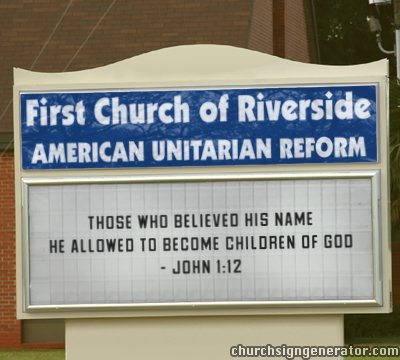
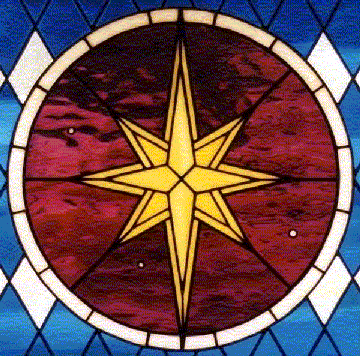 Today is St. Lucia’s Day, the first of the 12 Days of Light honoring the Star of Bethlehem. Time to put up the lit decorations! But, also a good time to reflect on the importance of Christmas.
Today is St. Lucia’s Day, the first of the 12 Days of Light honoring the Star of Bethlehem. Time to put up the lit decorations! But, also a good time to reflect on the importance of Christmas.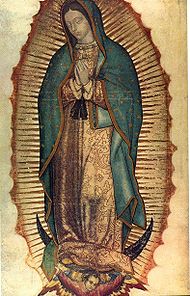 The AUR liturgical year opens with a series of holidays emphasizing the multi-cultural, multi-faith nature of American Reform Unitarian Christianity.
The AUR liturgical year opens with a series of holidays emphasizing the multi-cultural, multi-faith nature of American Reform Unitarian Christianity.
